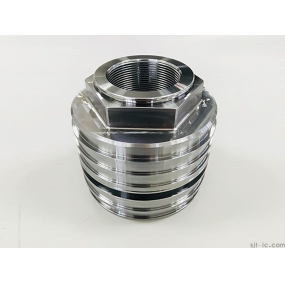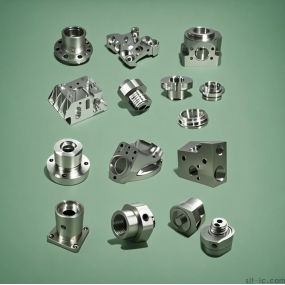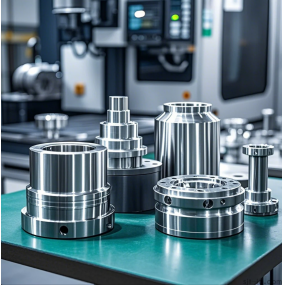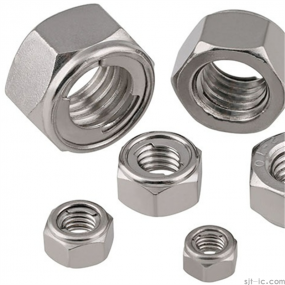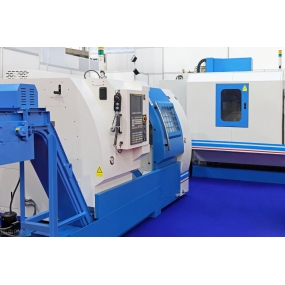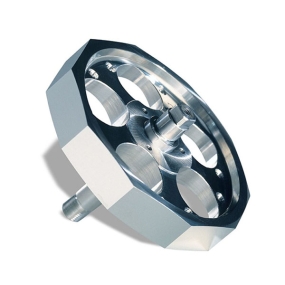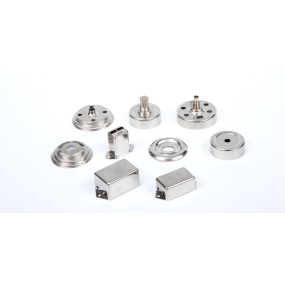Ever get a brilliant idea for a stainless steel part, only to have your dreams dashed by one scary question: "How much is this going to cost?" 😫 You're not alone. For engineers, procurement managers, and startup founders, pricing CNC stainless steel work can feel like a black box. This guide is here to change that. We'll break down the real factors behind the cost, so you can budget smarter and talk to suppliers with confidence. Let's demystify that quote together! 🛠️
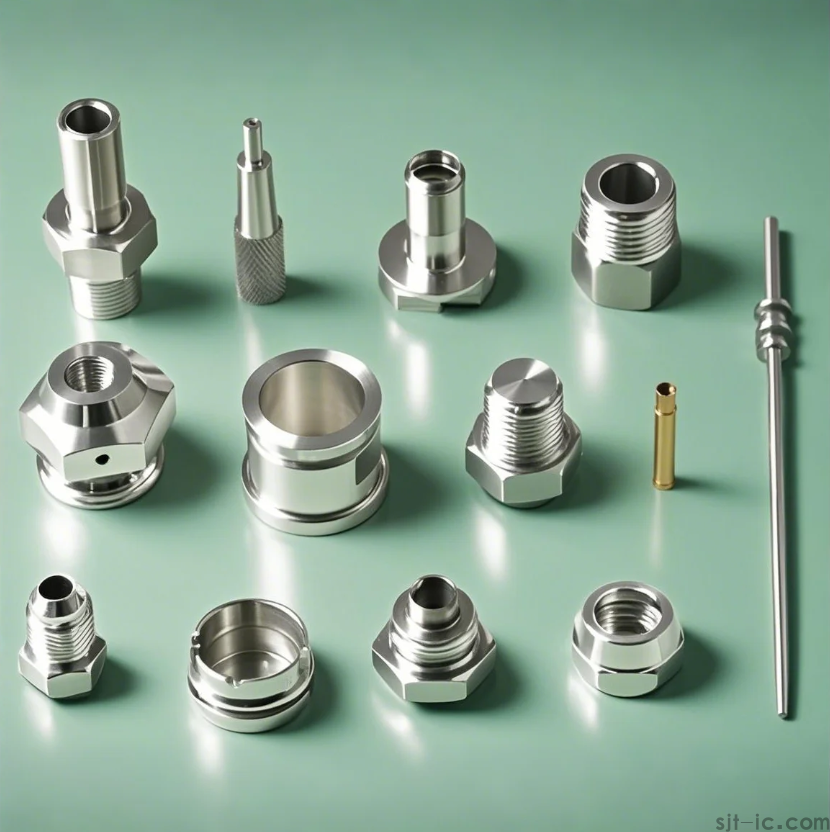
So, What's the Bottom Line? A Rough Starting Point
Let's be real, you want a number. While giving one fixed price is impossible, a simple, small stainless steel part might start around $50 to $200 per piece for a small batch. But—and this is a big but—that number can swing wildly. I've seen projects where the price per part was under $20 for high-volume orders, and complex, one-off prototypes that ran into the thousands. The initial quote often depends heavily on part complexity and order quantity. So, use that range as a starting point, not a promise.
The Big Three: What Really Drives The Price Up or Down?
Think of cost in three buckets: the material, the machine time, and the setup. It's a balancing act between them.
1. Material Grade & Size: Not all "stainless steel" is the same. Common 304 is more budget-friendly, while 316 or harder grades like 17-4PH cost more. The size of the raw block you start with also directly hits your material cost.
2. Part Complexity & Machine Time: This is usually the biggest cost driver. A simple bracket is quick. A part with deep holes, fine threads, and complex curves takes longer. More machine time = higher cost. It's that simple.
3. Setup & Labor: Before the machine even starts, there's work. Designing the digital model, planning the tool paths, and setting up the machine all take expert time. This cost is spread across your total order quantity, which is why larger orders make each part cheaper.
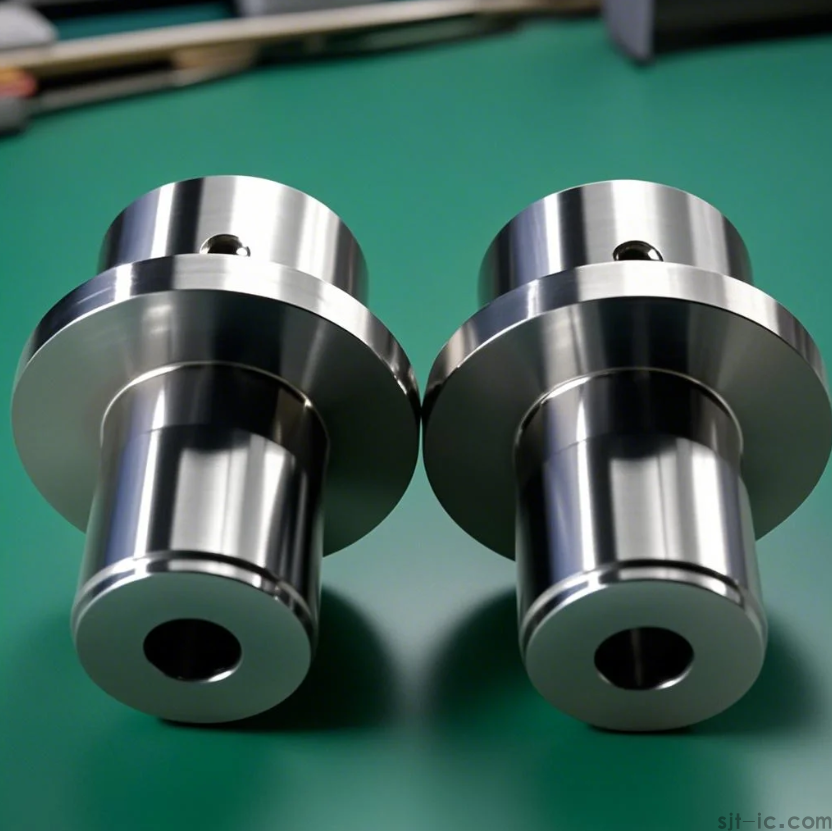
Beyond the Basics: The "Hidden" Factors That Change The Game
Okay, so you know the basics. But the devil is in the details. Here are some things that can sneak up on your final quote.
Tolerances: Do you need a part to be accurate within ±.1mm or an ultra-precise ±.025mm? Tighter tolerances require slower machining, more checks, and better machines, which adds cost. Ask yourself: "Do I really need that level of precision?" Sometimes, a slightly looser tolerance can save a lot.
Surface Finish: Does your part need to be a rough "as-machined" finish, or a polished, mirror-like beauty? Each additional finishing step, like brushing or polishing, adds time and cost. The specific mechanism of how polishing affects corrosion resistance for each grade is something I'm still looking into, to be honest.
Order Quantity: This is so important it's worth repeating. Making one part means you're paying for the full setup cost. Making a thousand parts spreads that setup cost super thin. The price per part can drop dramatically.
How to Get The Best Deal Without Sacrificing Quality
Knowing the cost factors is power. Here’s how to use that power to your advantage when you're looking for a custom machining service.
→ Provide a Clear & Complete Design File: A perfect 3D CAD model saves everyone time and prevents costly misunderstandings. It's the best thing you can do to get an accurate quote fast.
→ Discuss Your Real Needs Early: Talk to your supplier about the part's actual use. Maybe they can suggest a different, more cost-effective stainless steel grade or a slight design tweak that saves a fortune. A good partner will work with you.
→ Be Open About Your Budget: It might feel awkward, but being upfront about your budget can help a supplier figure out if there's a way to make your project work. Perhaps switching the material or adjusting the production timeline can bring the cost into your range.
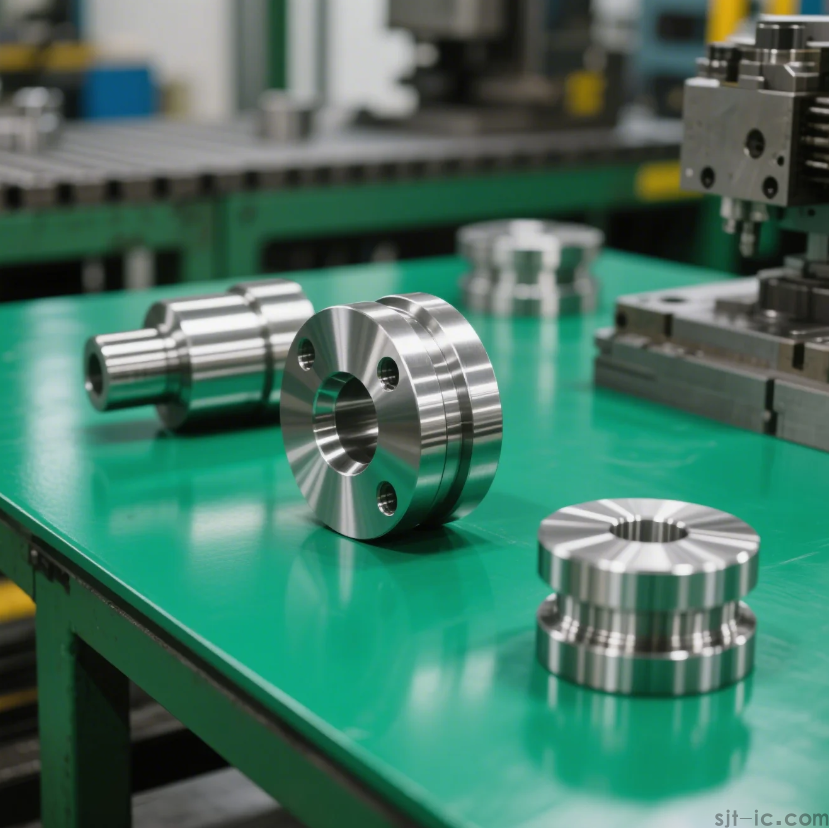
A Final Thought: You Often Get What You Pay For
In the world of custom manufacturing, the cheapest quote isn't always the best deal. A rock-bottom price might suggest corner-cutting on material quality, machine maintenance, or operator skill. A part that fails can cost you far more in the long run. A reliable partner who communicates clearly, understands your needs, and delivers consistent quality is worth their weight in gold. That relationship, in my view, is an asset that goes way beyond a single price tag. 💼


 Spanish
Spanish Arabic
Arabic French
French Portuguese
Portuguese Belarusian
Belarusian Japanese
Japanese Russian
Russian Malay
Malay Icelandic
Icelandic Bulgarian
Bulgarian Azerbaijani
Azerbaijani Estonian
Estonian Irish
Irish Polish
Polish Persian
Persian Boolean
Boolean Danish
Danish German
German Filipino
Filipino Finnish
Finnish Korean
Korean Dutch
Dutch Galician
Galician Catalan
Catalan Czech
Czech Croatian
Croatian Latin
Latin Latvian
Latvian Romanian
Romanian Maltese
Maltese Macedonian
Macedonian Norwegian
Norwegian Swedish
Swedish Serbian
Serbian Slovak
Slovak Slovenian
Slovenian Swahili
Swahili Thai
Thai Turkish
Turkish Welsh
Welsh Urdu
Urdu Ukrainian
Ukrainian Greek
Greek Hungarian
Hungarian Italian
Italian Yiddish
Yiddish Indonesian
Indonesian Vietnamese
Vietnamese Haitian Creole
Haitian Creole Spanish Basque
Spanish Basque

